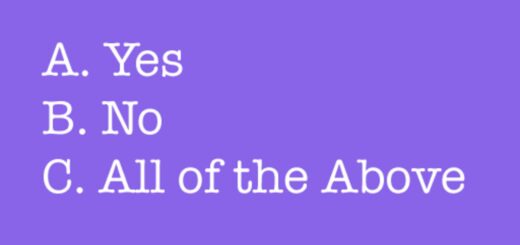How to Use Gather Function in R?-tidyr Part2
How to Use Gather Function in R?, To “collect” a key-value pair across many columns, use the gather() function from the tidyr package.
How to Use Spread Function in R?-tidyr Part1
The basic syntax used by this function is as follows.
gather(data, key value, …)
where:
data: Name of the data frame
key: Name of the key column to create
value: Name of the newly created value column
… : Choose which columns to collect data from.
How to Use Gather Function in R
The practical application of this function is demonstrated in the examples that follow.
dplyr Techniques and Tips – Data Science Tutorials
Example 1: Gather Values From Two Columns
Let’s say we have the R data frame shown below:
make a data frame
df <- data.frame(player=c('P1', 'P2', 'P3', 'P4'),
year1=c(212, 215, 319, 129),
year2=c(232, 229, 158, 122))Let’s view the data frame
df
player year1 year2 1 P1 212 232 2 P2 215 229 3 P3 319 158 4 P4 129 122
The gather() function can be used to add two new columns named “year” and “points,” respectively:
library(tidyr)
get information from columns 2 and 3
gather(df, key="year", value="points", 2:3)
player year points 1 P1 year1 212 2 P2 year1 215 3 P3 year1 319 4 P4 year1 129 5 P1 year2 232 6 P2 year2 229 7 P3 year2 158 8 P4 year2 122
Example 2: Collect Information From More Than Two Columns
Let’s say we have the R data frame shown below:
Let’s create a data frame
df2 <- data.frame(player=c('P1', 'P2', 'P3', 'P4'),
year1=c(213, 112, 112, 114),
year2=c(122, 229, 215, 211),
year3=c(123, 122, 122, 129))Now we can view the data frame
df2
player year1 year2 year3 1 P1 213 122 123 2 P2 112 229 122 3 P3 112 215 122 4 P4 114 211 129
The data from columns 2, 3, and 4 can be “gathered” into two additional columns called “year” and “points” using the gather() method as follows:
library(tidyr)
assemble information from columns 2, 3, and 4.
gather(df2, key="year", value="points", 2:4)
player year points 1 P1 year1 213 2 P2 year1 112 3 P3 year1 112 4 P4 year1 114 5 P1 year2 122 6 P2 year2 229 7 P3 year2 215 8 P4 year2 211 9 P1 year3 123 10 P2 year3 122 11 P3 year3 122 12 P4 year3 129
Best Books to learn Tensorflow – Data Science Tutorials
Have you liked this article? If you could email it to a friend or share it on Facebook, Twitter, or Linked In, I would be eternally grateful.
Please use the like buttons below to show your support. Please remember to share and comment below.





